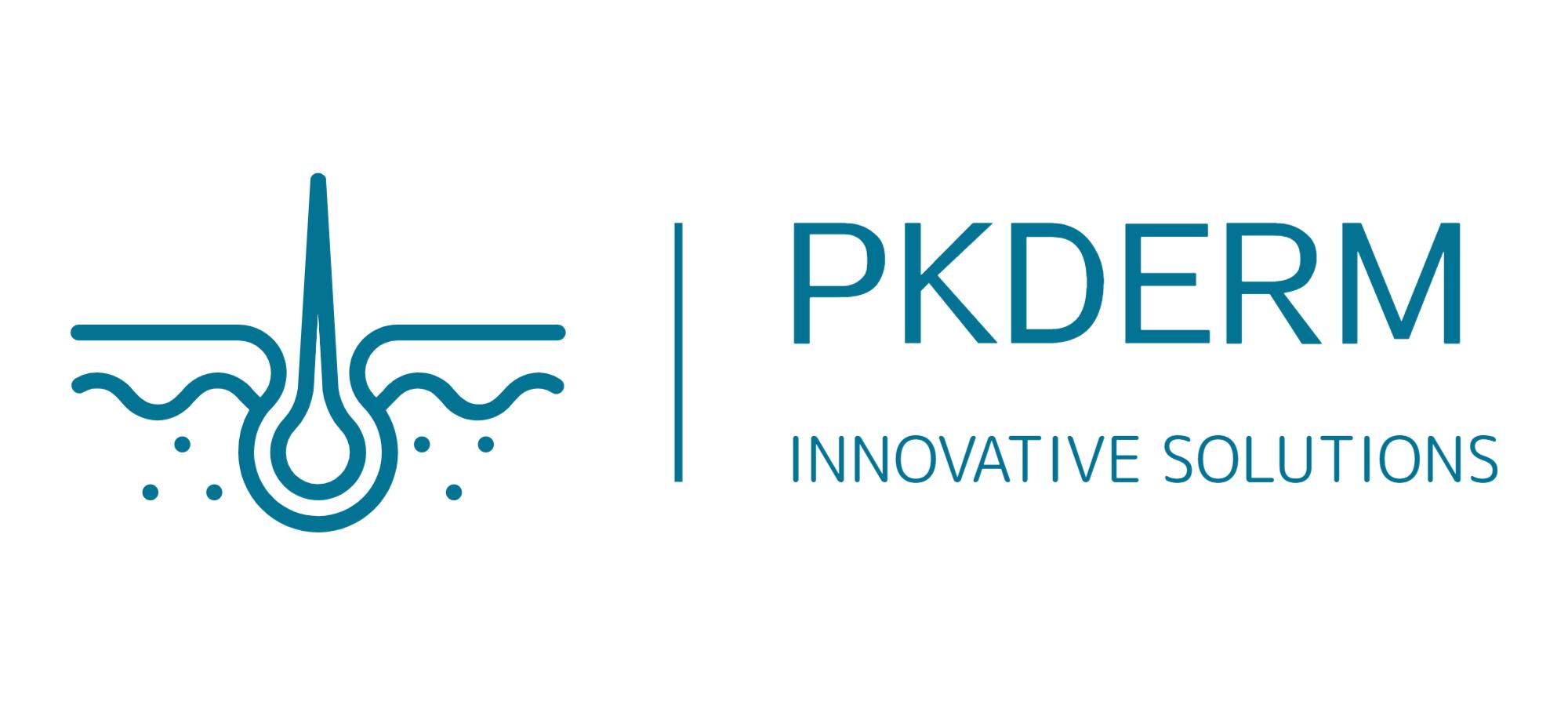
OpenTox Virtual Conference 2021 Session 8
An in vitro test battery for organochlorine mixture toxicity assessment on the male reproductive system
Authors: Ishita Virmani, Eliška Sychrová, Jiří Novák, Iva Sovadinová*
Affiliations: RECETOX, Faculty of Science, Masaryk University, Kamenice 753/5, 62500 Brno, Czech Republic
Aim of the talk: This talk specifically aims to provide information about the mixture toxicity and how it might affect fertility in males.
Abstract: Effects of individual chemicals are well studied and reported in the literature. However, the effects of chemical mixtures are understudied, overlooking the interactions among individual chemicals. One such example is organochlorine mixtures which are suspected to risk male reproductive health. Previous studies have shown that exposure to these mixtures could be one reason for declining male fertility (1, 2, 3). However, these studies have not explored the involved mechanisms. Therefore, this study developed a complex, rapid, and semi versatile automatic in vitro battery test to study the mechanism involved behind the toxicity of human-relevant organochlorine mixture on the male reproductive system.
This talk will adhere to a formal structure as specified below (background information, aims, and objectives, material and methods, results, and conclusions).
Background: The effects of individual chemicals have been studied by the researchers, and therefore information concerning their toxicity profiles is extensively available. Even most European Union (EU) regulations are based on the testing of single chemicals, thus overlooking the outcomes of mixture interactions occurring during environmental exposure. One of such examples is the exposure to organochlorines and their mixture that we regularly get exposed to. Exposure to organochlorine mixtures is a highly discussed reason for male sub/infertility becoming a global problem (4, 5). Therefore, there is a need to develop a framework for assessing the mixture toxicity, comprising multiple steps. Several studies confirm an association of individual organochlorines or their mixtures with adverse effects on the male reproductive system (1) (2) (3). However, image and mechanistic-based studies dealing with organochlorine mixtures are scarce. Screening the toxic effects of a huge number of chemical mixtures in vitro is a central attraction nowadays. Therefore, there is a need to develop high-content analysis (HCA) approaches to gain information regarding the mechanisms and adverse outcome pathways (AOP) involved in the molecular initiating event (MIE).
Objective: This talk will address the issue of male infertility, exposure to environmentally relevant organochlorine mixtures, and assessment of male reproductive toxicity.
Material and Methods: This section of the presentation will address the used methodology in detail.
In this study, the effects of a human-relevant organochlorine mixture (Table 1) and its impact on male reproductive toxicity was assessed in reporter cell lines and murine prepubertal testicular (Leydig Tm3 and Sertoli Tm4) cells using semi-high throughput assays. The evaluated parameters included interactions with nuclear receptors, cell density, growth and viability, gap junction intercellular communication (GJIC), lipid accumulation and homeostasis, and hormone production. In all the conducted assays except for the reporter gene assay, the effects of the organochlorine mixture were assessed for both short exposure (0.5hour / 1hour) and long exposure (24hours/48 hours).
-
The interactions of the organochlorine mixture with nuclear receptors (specifically with human retinoid X receptor hRXR, human retinoic acid receptor hRAR, rat and human aryl hydrocarbon receptor r/hAhR, human androgen receptor hAR, human estrogen receptor α hERα), suggesting endocrine-disrupting potential, was studied using reporter gene assays (6).
-
The cell viability of Leydig TM3 and Sertoli TM4 cells was studied using 3-(4,5-dimethylthiazol-2-yl)-2,5-diphenyl tetrazolium bromide (MTT) assay and a combination of three dyes assay including three other vital dyes, Alamar Blue (AB; excitation/emission: 530/590 nm), which indicates the metabolic activity, CFDA-AM (5-carboxyfluorescein diacetate acetoxymethyl ester; excitation/emission: 485/520 nm), which indicates cell membrane integrity, and neutral red (NR; absorbance: 540 nm), which indicates lysosomal membrane integrity and energetic state of a cell. Additionally, the real-time monitoring of cell behavior was performed using the xCELLigence system (7).
-
The dysregulation of GJIC in Leydig TM3 and Sertoli TM4 cells was studied by performing the multiparametric scrape loading-dye transfer assay (8). The images were evaluated using the Image J and Gen 5 inbuilt software in Cytation 5. In this assay, three dyes (lucifer yellow 0.5 mg/mL, propidium iodide 10 μg/mL, Hoechst 33342 50 μg/mL) were used for measuring the multiple parameters (GJIC: communicating cells stained with lucifer yellow and dead cells stained with propidium iodide along with the cut; cell density: total cells stained with Hoechst 33342 out of the cut; dead cells: dead cells stained with propidium iodide out of the cut). To study the signaling pathways involved in GJIC dysregulation induced by Organochlorine mixture the cells were pretreated with inhibitors of protein kinase C (Calphostin C), protein kinase A (PKI-(5-24)), and MAPK Erk1/2 (mitogen-activated protein kinase extracellular-signal-regulated kinase 1/2; PD8059) pathways which are known to prevented GJIC dysregulation induced different types of environmental pollutants (9).
-
To evaluate whether the exposure to the OC MIX can affect the lipid homeostasis in Leydig Tm3 and Sertoli Tm4 cells, a fluorescent dye BODIPY 493/503 was used for staining neutral lipids and nonpolar lipids (10). The cells were co-stained with the DAPI to evaluate the cell density.
-
The effect of OC-MIX on an early steroidogenesis step in Leydig TM3 cells will be assessed by its impact on progesterone production. The progesterone level will be measured in the exposure medium using an ELISA kit (Dialab, Radotin, Czech Republic).
Results so far:
Our setup allowed a quick and semi-high throughput assessment of the whole organochlorine mixture on the male reproductive system. Specifically:
-
Strong antiandrogenic and weak estrogenic effects were observed in a concentration-dependent manner, showing that the mixture can disrupt the endocrine system via androgen or estrogen receptors.
-
The mixture was cytotoxic in both Leydig Tm3 and Sertoli Tm4 cells in a dose and time-dependent manner.
-
The organochlorine mixture rapidly (within 30 min) deregulated testicular GJIC in vitro in both Leydig TM3 and Sertoli cells TM4 at non-cytotoxic concentrations.
-
The mixture disrupted the process of lipid homeostasis, which was shown by the high accumulation of lipid droplets in both Leydig Tm3 and Sertoli Tm4 cells.
Conclusion: In conclusion, organochlorine mixtures could be a potential etiological agent contributing to reproductive dysfunctions in males by interfering with the various key events involved responsible for a healthy reproductive system.
4.References
- Anas M-KI, Guillemette C, Ayotte P, Pereg D, Giguère F, Bailey JL. In utero and lactational exposure to an environmentally relevant organochlorine mixture disrupts reproductive development and function in male rats. Biol Reprod. 2005 Sep;73(3):414–26.
- Campagna C, Guillemette C, Ayotte P, Bailey JL. Effects of an Environmentally Relevant Organochlorine Mixture and a Metabolized Extract of This Mixture on Porcine Sperm Parameters In Vitro. J Androl [Internet]. 2009 May 1 [cited 2020 Oct 28];30(3):317–24. Available from: http://doi.wiley.com/10.2164/jandrol.108.006478
- Enangue Njembele AN, Bailey JL, Tremblay JJ. In Vitro Exposure of Leydig Cells to an Environmentally Relevant Mixture of Organochlorines Represses Early Steps of Steroidogenesis1. Biol Reprod [Internet]. 2014 Jun 1 [cited 2021 May 10];90(118, 1–10). Available from: https://doi.org/10.1095/biolreprod.113.116368
- Sengupta P, Banerjee R. Environmental toxins: alarming impacts of pesticides on male fertility. Hum Exp Toxicol. 2014 Oct;33(10):1017–39.
- Sharma A, Mollier J, Brocklesby RWK, Caves C, Jayasena CN, Minhas S. Endocrine-disrupting chemicals and male reproductive health. Reprod Med Biol [Internet]. 2020 Apr 14;19(3):243–53. Available from: https://pubmed.ncbi.nlm.nih.gov/32684823
- Nováková Z, Novák J, Kitanovski Z, Kukučka P, Smutná M, Wietzoreck M, et al. Toxic potentials of particulate and gaseous air pollutant mixtures and the role of PAHs and their derivatives. Environ Int [Internet]. 2020 Jun 1; 139:105634. Available from: https://www.sciencedirect.com/science/article/pii/S0160412019332271
- Live Cell Analysis System xCELLigence Real-Time Cell Analyzer [Internet]. Available from: https://www.ols-bio.de/products/live-cell-analysis-system-xcelligence
- Dydowiczová A, Brózman O, Babica P, Sovadinová I. Improved multiparametric scrape loading-dye transfer assay for simultaneous high-throughput analysis of gap junctional intercellular communication, cell density and viability. Sci Rep [Internet]. 2020 Dec [cited 2020 Oct 28];10(1):730. Available from: http://www.nature.com/articles/s41598-020-57536-3
- Kubincová P, Sychrová E, Raška J, Basu A, Yawer A, Dydowiczová A, et al. Polycyclic Aromatic Hydrocarbons and Endocrine Disruption: Role of Testicular Gap Junctional Intercellular Communication and Connexins. Toxicol Sci [Internet]. 2019 May 1 [cited 2021 May 14];169(1):70–83. Available from: https://doi.org/10.1093/toxsci/kfz023
- BODIPY 493/503 [Internet]. Available from: https://www.sigmaaldrich.com/catalog/search?term=BODIPY+493%2F503&interface=All&N=0&mode=partialmax&lang=en®ion=CZ&focus=product
Speaker Biography
Miss Virmani is compassionate about Toxicology. She is a third-year Ph.D. researcher under the group Cell and Tissue Toxicology at the RECETOX, Faculty of Science, Masaryk University, Czech Republic, since October 2019. The quote from a Swiss Physician Paraceluls “Dose differentiates between poison and remedy” inspired her to pursue a career in the field of Toxicology. Holding two masters in Toxicology from Jamia Hamdard, India (2018) and Newcastle University, UK (2019), she remains dedicated to the development and applications of alternative approaches in Toxicology. For her Ph.D. thesis (Imaging techniques for in vitro cellular and molecular toxicity), she is being supervised by Dr. Iva Sovadinová. Her present research work is focused on assessing the effects of organochlorine mixture on the male reproductive system in vitro. She is especially curious to understand the mechanisms involved in the toxicity of organochlorine mixtures that could lead to infertility in males. To date, she has presented her research findings at eight national or international conferences.
Ishita is an active member of the European Society of Toxicology In vitro (ESTIV), Society of Toxicology (SOT), Royal microscopical Society (RMS), British Toxicology Society (BTS), and Americas Society for Cellular and Computational Toxicology (ASCCT). Recently, she has been awarded the Norman Travel Aldridge award from the British Toxicological Society. In the future, she aspires to pursue a career as a post-doctoral researcher, and she also looks forward to the collaboration.


